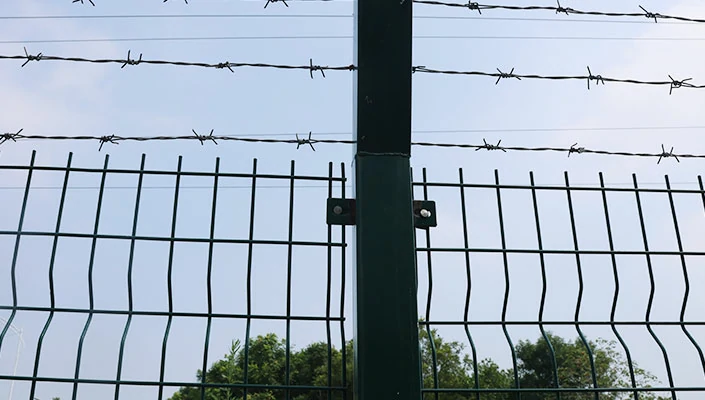wire mesh production
Wire Mesh Production A Comprehensive Overview
Wire mesh production is an important industrial process that plays a vital role in various sectors, including construction, agriculture, and manufacturing. Wire mesh, also known as wire cloth or wire netting, is made from metal wires that are woven together to create a grid-like structure. This article explores the various stages involved in the production of wire mesh, its applications, and the factors affecting its quality and efficiency.
The production of wire mesh begins with the selection of raw materials, typically high-quality steel wire. Depending on the intended application, the diameter and type of wire can vary. For instance, galvanized wire is often used for outdoor applications due to its corrosion resistance. On the other hand, stainless steel wire is favored in environments requiring higher durability and resistance to rust.
Once the wire is selected, the first step involves the drawing process. In this phase, the steel wire is pulled through a series of dies to achieve the desired diameter. This process not only enhances the strength of the wire but also ensures uniformity in size, which is crucial for producing a consistent mesh pattern.
Next, the drawn wire is subjected to a weaving process. This can be done using various methods, including plain weaving, twill weaving, and dutch weaving. In plain weaving, the wires are woven in a simple over-and-under pattern, while twill weaving creates a more complex diagonal pattern, providing added strength and flexibility. The choice of weaving technique depends on the specific requirements of the final product—whether it needs to be strong yet flexible or rigid and stable.
wire mesh production

Once the mesh is woven, it undergoes a series of finishing processes. These may include cutting, welding, and edging to ensure the mesh meets the specifications required by clients. For example, welded wire mesh involves the intersection of wires being welded together at each junction to create a strong, durable product, ideal for construction and security applications.
After the finishing touches, the wire mesh is often coated or treated to enhance its performance. Coating options include galvanization, painting, or applying a PVC layer. These treatments increase the wire mesh's resistance to rust and corrosion, making it suitable for various environmental conditions.
Quality control is a crucial aspect of wire mesh production, as it ensures that the final product meets industry standards and customer expectations. This involves rigorous testing for strength, flexibility, and durability. Manufacturers often employ advanced technology to carry out these tests, ensuring that each batch of wire mesh is up to par.
The versatility of wire mesh leads to its wide-ranging applications. In construction, it is used for reinforcement in concrete structures. In agriculture, it serves as fencing material to protect crops and livestock. Additionally, wire mesh is commonly used in filtration processes, architectural applications, and as safety barriers in various industries.
In conclusion, wire mesh production is a multifaceted process that combines material selection, weaving techniques, and finishing processes to create a durable and versatile product. As industries continue to evolve, the demand for high-quality wire mesh will persist, driving innovation and advancements in production techniques. Understanding the intricacies of wire mesh production not only benefits manufacturers but also enhances the end-user's knowledge of this essential material.
-
Space-Saving Chain Fence Hacks Vertical Gardening with Cyclone MeshNewsJul.16,2025
-
Innovations in Iron Nail Wire Production for Modern ConstructionNewsJul.16,2025
-
Creative Uses of Wire Netting Fence in Modern Landscape DesignNewsJul.16,2025
-
Barbed Wire Fence Innovations in Anti-Climb TechnologyNewsJul.16,2025
-
Architectural Uses of Umbrella Nails for Aesthetic Roof DesignsNewsJul.16,2025
-
Architectural Uses of Razor Barbed Wire in Secure Urban DesignNewsJul.16,2025




